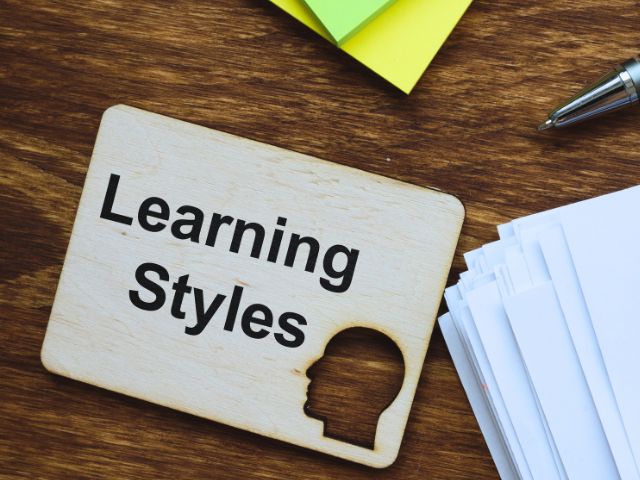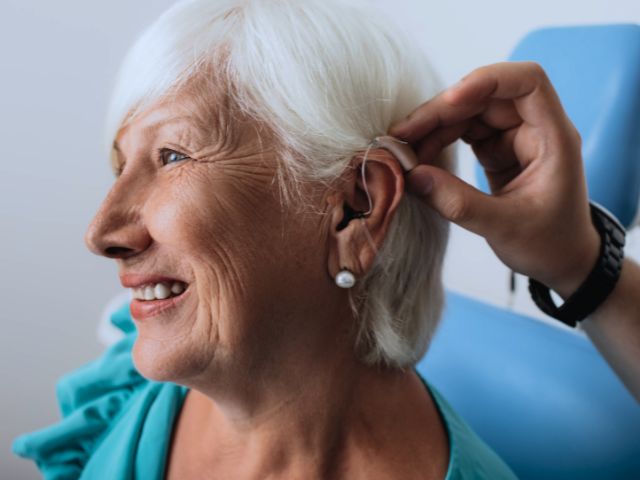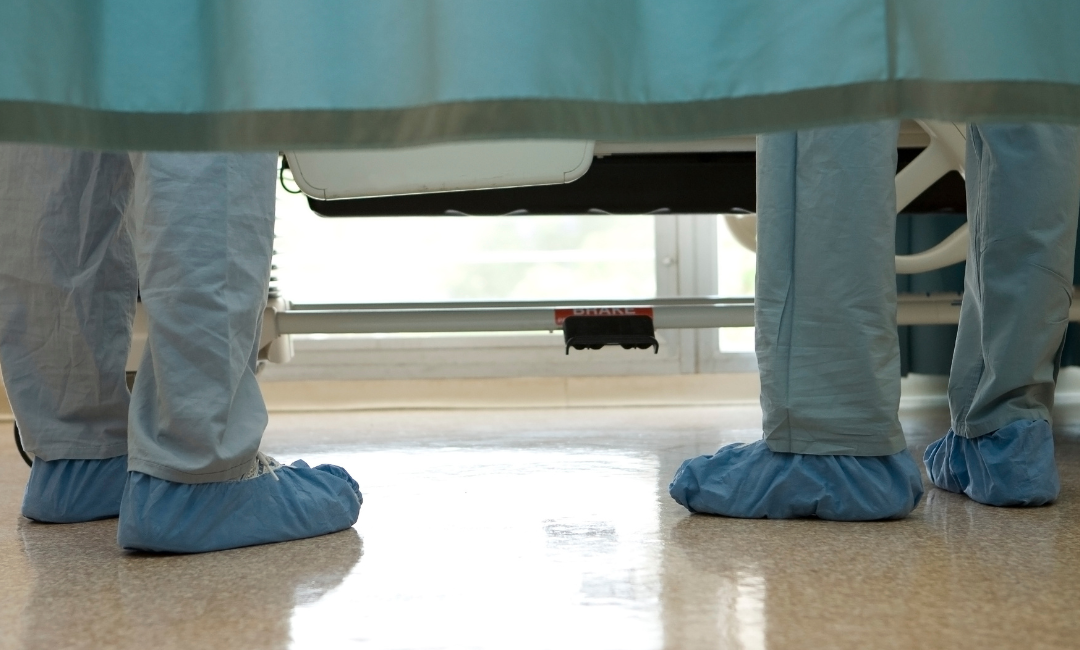Prepare the Learning Environment
Preparing the environment means making sure there are no environmental and social barriers to learning. These may include involving family/caregivers in the teaching session and scanning the environment for comfort barriers.
Here are three environmental assessments nurses can make to ensure that patients and families/caregivers are prepared to learn.
Are family/caregivers available for learning?
It is essential that all individuals involved in the patient’s at-home care are present during the teaching session. This includes family members or caregivers who can participate either in person or via virtual or telephonic sessions.
If you are demonstrating a particular skill, the person helping the patient with the skill should be present and able to participate in the demonstration, if applicable. Family/caregivers can be current in person or through virtual/telephonic sessions.
Are medical supplies available and at the bedside?
If teaching a skill, ensure all medical supplies and/or equipment needed for the skill are at the bedside. For example, if leading a family member to dress a patient’s wound, ensure that all dressing supplies are readily available at the bedside before teaching.
This way, there are minimal interruptions during the teaching session.
Has the physical environment been prepared?
Something as simple as proper lighting and a reduced noise level can make a significant difference. You may close the door to reduce noise and ensure privacy.
If the patient has a shared room, make every effort to provide the teaching in as private a way as possible. For example, draw curtains and write down sensitive words instead of speaking to them loudly if the patient is uncomfortable.








